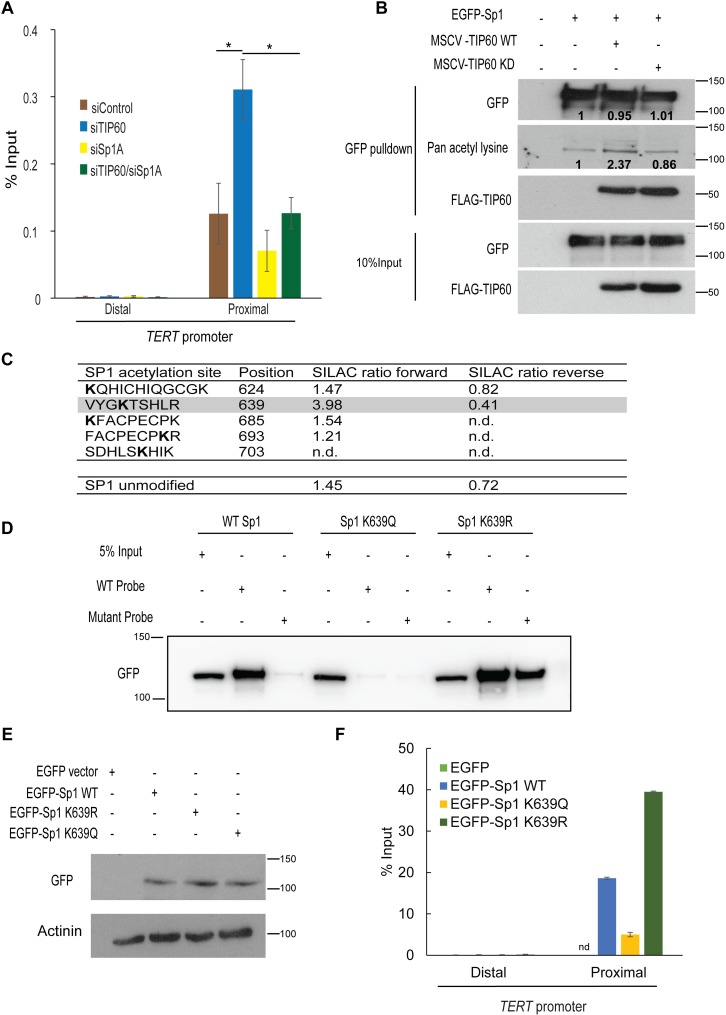Fig 4. TIP60 acetylates Sp1 and represses its occupancy at the TERT promoter.
(A) Chromatin immunoprecipitation (ChIP) of Sp1 was performed in HeLa cells depleted of either TIP60 or Sp1 individually or together. Cells were fixed with formaldehyde 72 h post transfection and used for ChIP. An upstream element (distal region) on the TERT promoter served as a negative control for Sp1 binding. Error bars reflect the standard error of mean (SEM) of three independent experiments and significance is represented as *, P<0.05. (B) 1.5 μg of EGFP-Sp1 plasmid was transiently transfected with 1.5 μg of wild-type and catalytically inactive TIP60 (TIP60WT and TIP60KD) into 293T cells and GFP pull-down was performed 48 h post transfection to investigate acetylation of Sp1. The cells were treated with HDAC inhibitors for 5 h prior to harvesting. Sp1 and TIP60 were detected using anti-GFP and anti-Flag antibody respectively. Pan-acetyl lysine antibody was used to detect acetylation on Sp1. Quantification of the bands was performed using Image J software. GFP pulldown was quantified after normalizing to the GFP input in each lane and the pan-acetyl lysine was calculated after normalizing to each individual GFP pulldown. (C) List of acetylated lysines identified on Sp1. SILAC ratios of individual modified peptides are compared to the SILAC ratio of the overall, unmodified Sp1 protein. The VYGKTSHLR peptide modified at position 639 with clearly distinct SILAC ratios is highlighted. (D) WT Sp1 and mutant constructs (Sp1K639R and Sp1K639Q) were transiently transfected in HeLa cells and harvested after 33 h. 100 μg of protein was used for the DNA pull-down and the bound Sp1 was detected with anti-GFP antibody. (E) Sp1 constructs were transfected in HeLa cells and 24 h post transfection, cells were harvested and detection of Sp1 variants was performed using GFP antibody. (F) ChIP of GFP-tagged Sp1 variants in HeLa was performed after transfection of the Sp1 constructs and crosslinking using formaldehyde. n.d refers to the peptides that were identified but not quantified in the experiment.

